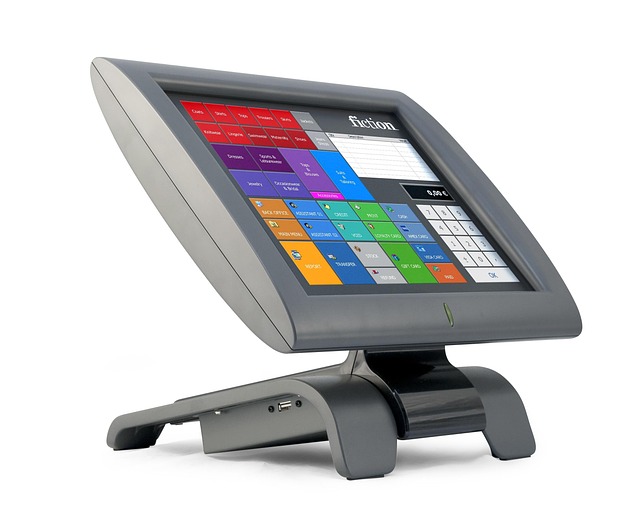Transforming Business with Interactive Learning Environments in Robotics and AI
In today’s fast-paced digital landscape, the way we interact with technology is evolving rapidly, especially in the realm of business automation. At the heart of this evolution lies the concept of interactive learning environments, which serve as a bridge between human intuition and machine efficiency. These environments are not just technical setups; they embody a dynamic interaction that enables robotics and artificial intelligence (AI) to learn, adapt, and improve in real time.
Imagine a business where the automation systems do more than follow scripted commands — they learn from every interaction, refine their responses, and anticipate needs before they arise. This level of sophistication is made possible through interactive learning environments that combine cutting-edge AI algorithms with responsive robotics. This synergy enhances the operational flexibility and decision-making processes, allowing companies to respond agilely to market changes and customer demands.
The Role of Robotics in Interactive Learning
Robotics, traditionally seen as rigid and programmed machines, have transformed into adaptable partners within interactive learning environments. Modern robotic systems are equipped with sensors and AI-driven analytics that enable them to perceive their surroundings, interpret complex data, and learn from their actions. This fluid interaction model facilitates automation processes that can self-optimize and even troubleshoot, reducing downtime and boosting productivity.
Artificial Intelligence: The Learning Engine
AI fuels the intelligence behind interactive learning environments. Machine learning models process vast datasets generated during human-robot interactions, extracting insights and improving algorithms continuously. This on-the-fly learning empowers automated systems to evolve beyond their initial configurations, offering a level of customization and efficiency previously unattainable. For businesses, this means workflows become more intelligent, adaptive, and aligned with evolving operational goals.
Business Automation Reimagined
Incorporating interactive learning environments into business automation heralds a new era where automation is not just about replacing manual labor but augmenting human expertise. Employees engage in higher-value tasks while collaborative robots handle routine or hazardous activities with precision and learning capacity. This seamless interaction transforms workplace dynamics, fostering innovation and driving competitive advantage.
Ultimately, the integration of robotics, artificial intelligence, and interactive learning environments unlocks immense potential for businesses aiming to thrive in the digital age. These environments create a feedback loop of continuous improvement, making automation smarter, more intuitive, and deeply connected to human workflows.



